Imagine an opulent Victorian parlour (we have to spell it that way for the duration of this post, because rules), toxic wallpaper, large windows framed in lush fabrics, plants and tea sets everywhere, mustachioed men leaning on the mantle, corseted women struggling to breathe, everyone high on cocaine and laudanum. Sounds fun? Wait, did I say plants everywhere? I did indeed, read on.
In 1833 Dr. Nathanial Bagshaw Ward invented what would eventually be known as the Wardian case. The original case was designed to be sturdy enough to ship delicate plants from far off regions, as up to that point, these plants rarely survived a months long journey at sea. Built of glass and wood, the idea was to enclose plants and protect them from the harsh elements out on the open ocean.
Thanks to Dr. Ward’s invention, plants from the tropics could now be shipped to greenhouses in dreary old England, facilitating the birth of the houseplant industry. And the Victorians were into it. Having a parlour full of exotic plants was a status symbol few Victorians could eschew. Among the many popular plants of the time was the parlour palm, Chamaedorea elegans.
The palm was such a staple of Victorian life that it shows up frequently in art and photographs.
Native to Southern Mexico and Guatemala, the small palm thrives in low light and is relatively tolerant of dry soil and moderate humidity. Now that we’ve finally arrived here, let me tell you what I found out about this palm during my research, and also from personal experience.
Let’s start with personal experience. I bought a cute little nursery pot brimming with six-inch parlour palms. They did well for a while, but eventually each little stem started to die off. I started researching and discovered that nurseries tend to plant groups of palms together to make them appear more lush for sale, but that the palm itself is a single stemmed plant. Grouping a bunch of them together in the same pot causes what is known as interspecific competition. Basically, they all start competing with each other for limited resources, which will cause the weaker plants to die. As more and more resources are used up, even the stronger stems may die. So what can you do? If you buy a pot with a lot of stems, divide them as soon as you can into more pots, then use a houseplant fertilizer one to two times a month.
I figured out what was going on a little too late to save all but one of the stems, but after a couple months in the infirmary it’s finally getting a new frond, so I’m pretty stoked.
Aaaand here’s where it gets sad. I didn’t know this at the time I bought mine, but as with many popular houseplants, Chamaedorea elegans is disappearing in the wild, and in this case, the houseplant trade is partially to blame. Unlike other plants, palms can’t be grown from cuttings and this one doesn’t flower well in captivity. So that means, to supply the thriving houseplant trade, seeds are collected in the wild. As you might imagine, in a crowded jungle, every seed counts. Fewer seeds means fewer plants available to compete for limited space. On top of this, wild plants are harvested locally for xate. These are palm fronds used in Palm Sunday decorations, exported for use in the florist industry, and used for funerary arrangements. On top of the usual habitat loss that plagues most species in danger, this wild harvesting of seeds and fronds is having a devastating effect.
So if you have one, cherish it, it’s a vanishing species. Would I have bought mine if I had known? I don’t know… I hate to supply demand for something that shouldn’t be harvested, but if it does go extinct, the more that thrive in captivity the better? Maybe? I don’t know, it’s a tough question. But I am really glad that I was able to bring at least one baby parlour palm back from the brink, and I’ll definitely enjoy watching it flourish.
Ok, sad stuff over, now I need to bust a bit of bad info I spotted during my research. Many of the sites I visited state the parlour palm Chamaedorea elegans has edible flower stalks. While it is non-toxic, that doesn’t mean edible. In most cases eating any part of a parlour palm will probably give you a tummy ache, same goes for pets. That said, the related Chamaedorea tepejilote aka pacaya palm is commonly eaten. The young flower stalks are considered a delicacy in Guatemala and El Salvador.
That’s about it, can we end on more Victorian Era art? We sure can…



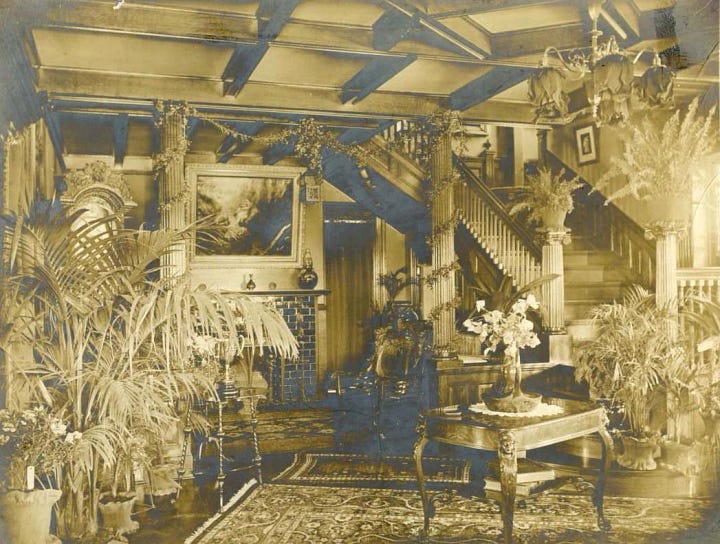
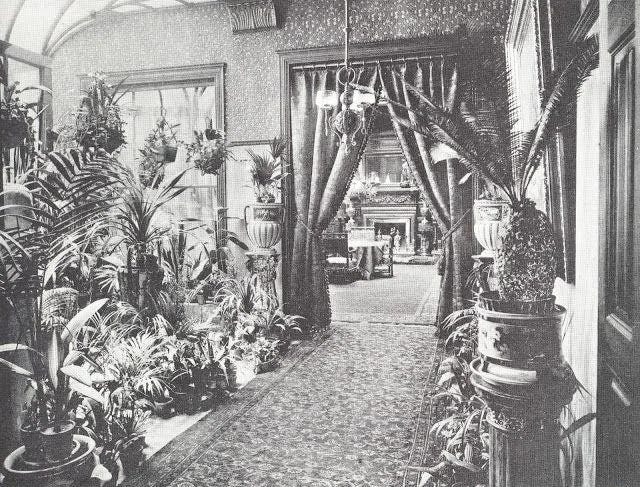
So that’s it! This month’s plant will serve as inspiration for the paid posts in my 100% Plant-Based Horror sections. Here’s the breakdown, in case you’re new and/or curious. And don’t forget, subscriptions are only 🌿$2.50 a month🌿
First week of the month - The Lab (that’s this post!) - Free for everyone
Second week of the month - The Witch Lab (a short, spooky piece from a plant witch’s journal detailing one of her experiences helping (I use the term loosely) a client using the featured plant of the month - Paid subscribers only, here’s a freebie you can read to check it out!
Third week of the month - The Spell Book (an entry from The Witch’s spell book detailing how she uses this plant for her dark magic including spells, chants, recipes, instructions, and more). Paid subscribers only, here’s a freebie you can read to check it out!
Fourth week of the month - 100% Plant-Based Horror story featuring the month’s plant. These are longer stories that include everything from ghosts, to parasites, aliens, experimental supplements, and more! - Paid subscribers only, here’s a freebie you can read to check it out!




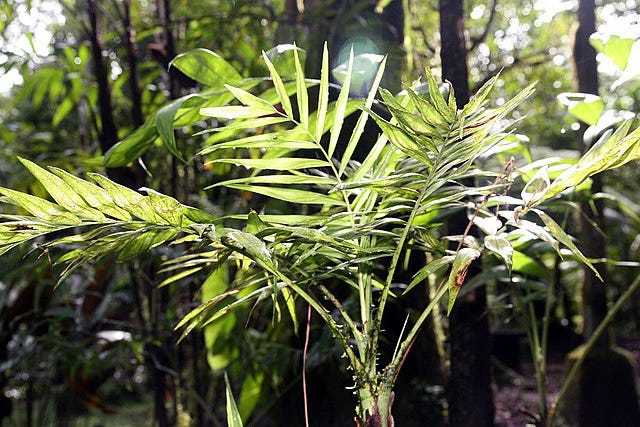

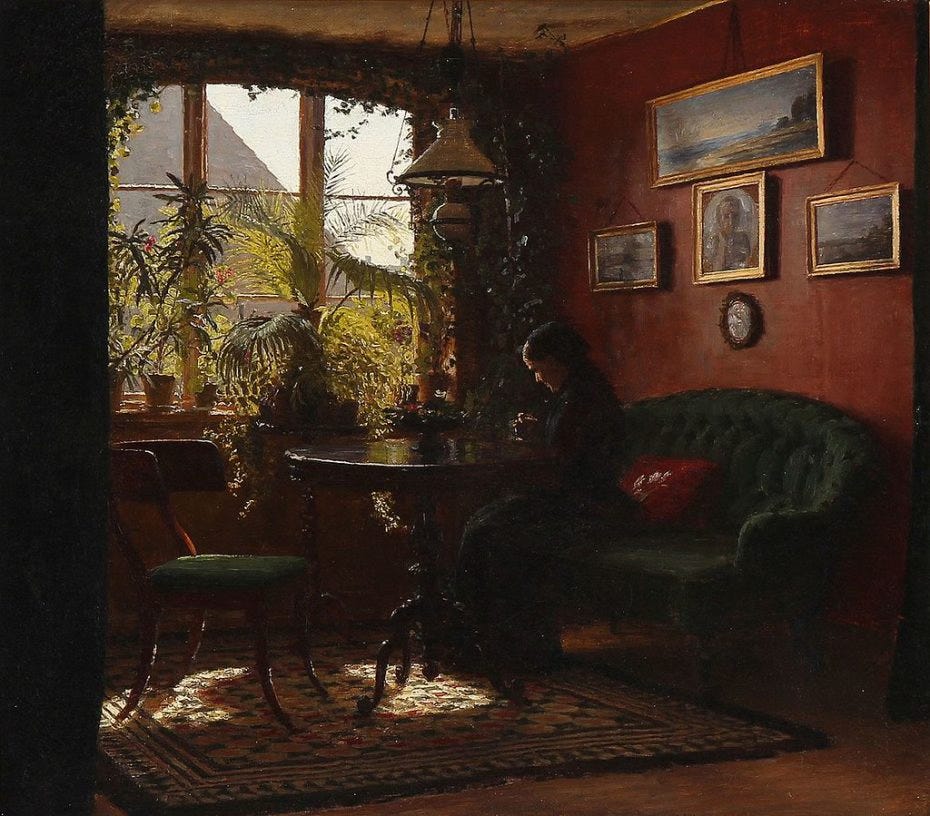
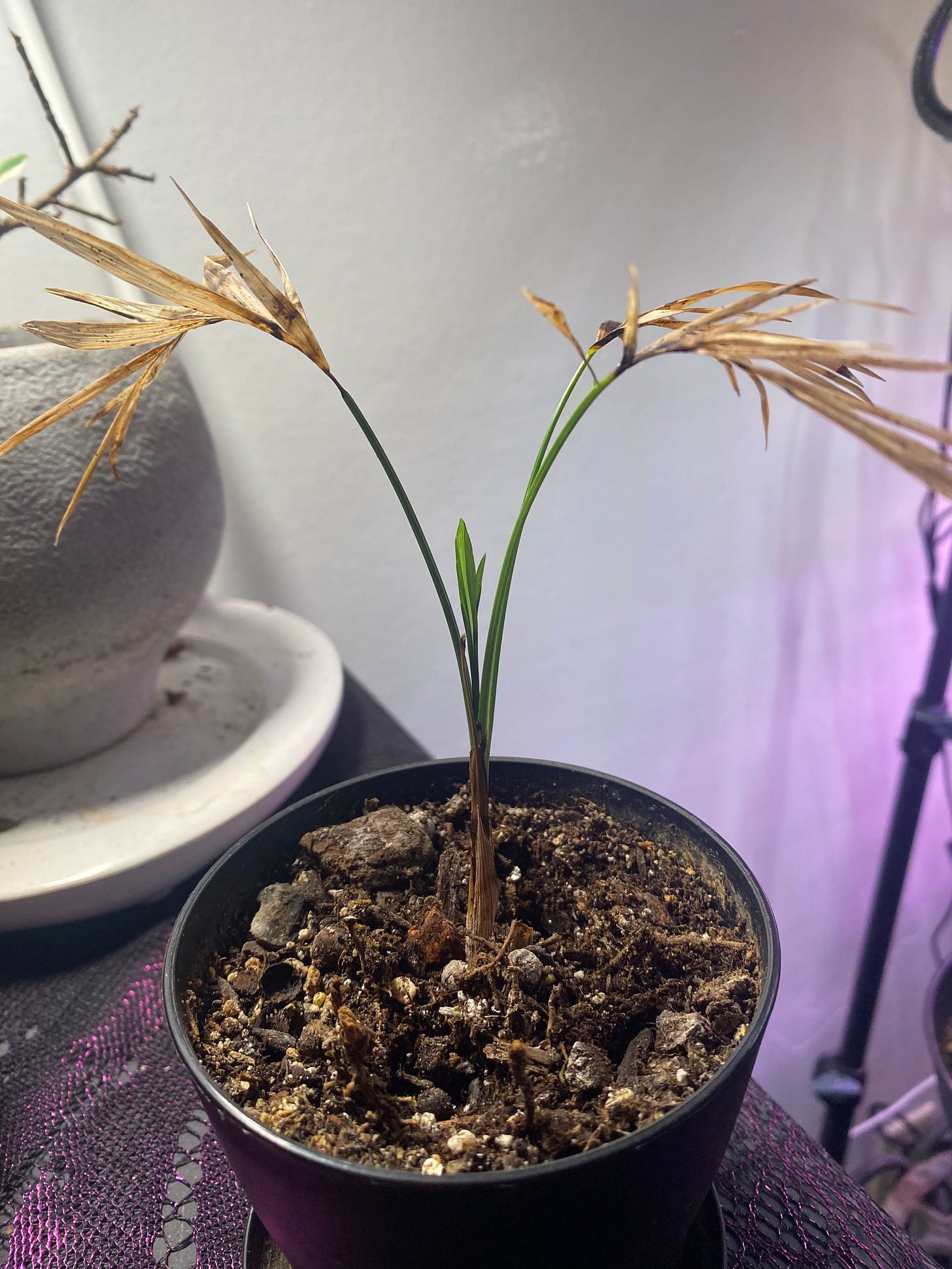
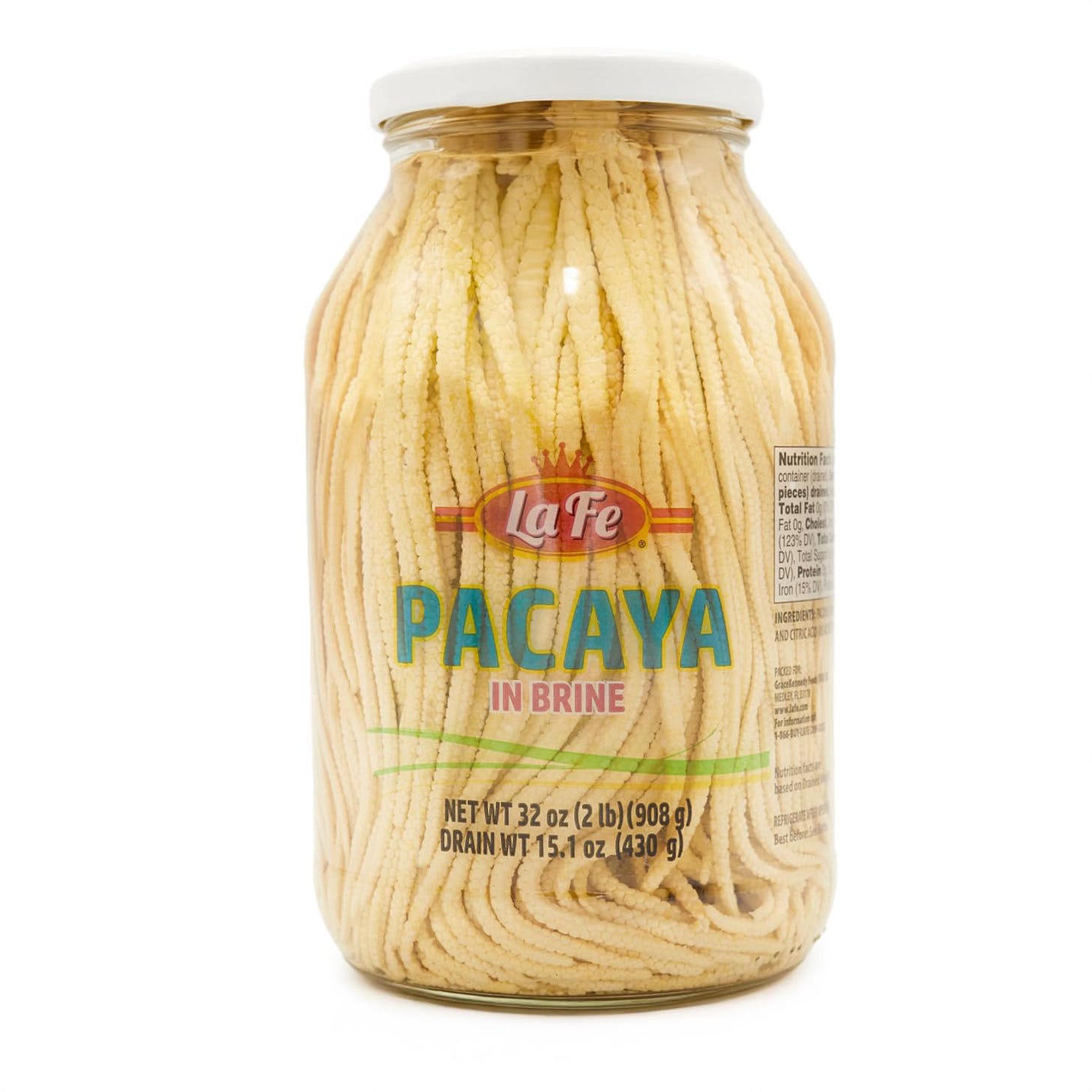
Great piece! I always learn so much from you. I want to be a plant owner, but I have a black thumb. Is that a thing? It def ain't green. ha
This was so interesting! And those Victorian paintings are a mood!